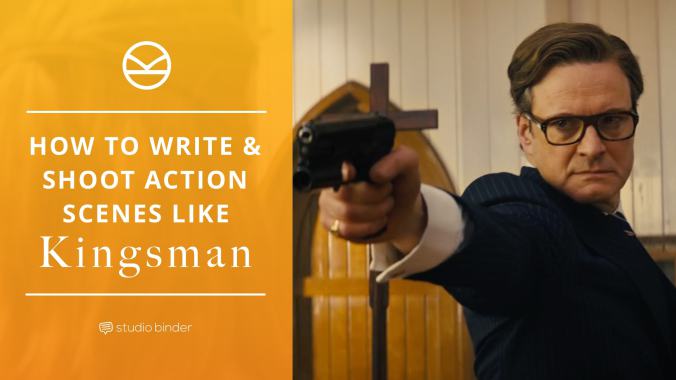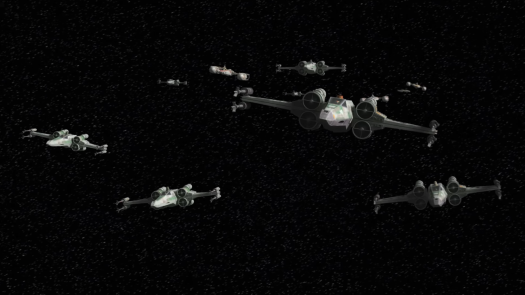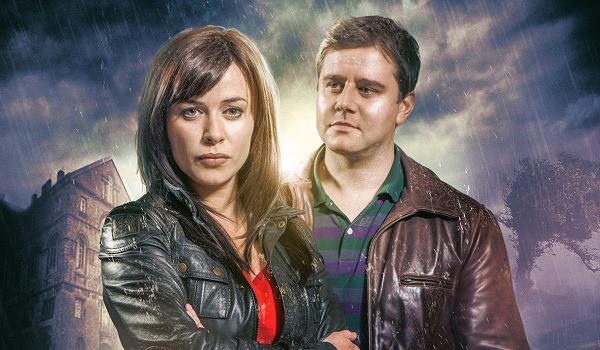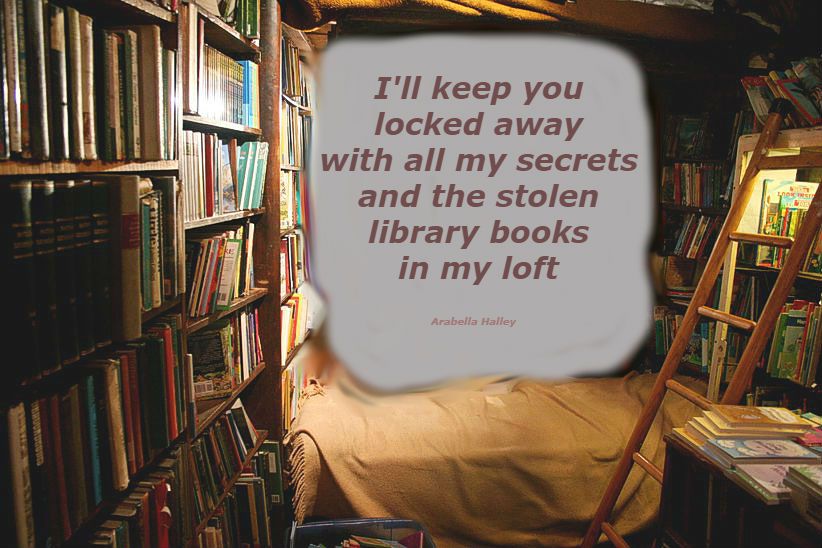Hey everyone! Here’s to wishing you a restful, spontaneous, and memorable week, even with work and our countless other personal obligations.
This go around, I was looking to share some of my thoughts concerning the pacing of our creative writing. Amidst themes, character development, and opening and closing lines, there is the ever-present tether of pace, which connects our entire story from front to back. If we leave something to be desired with the speed at which our story unfolds, then we run the risk of losing our readers and watching our story fizzle out. How do we ensure that our writing moves at a brisk pace?

Retrieved from https://www.studiobinder.com/blog/how-to-write-and-shoot-action-scenes-like-kingsman/
Writing Structure and PaceFirst, a word on structure. Writing has come a long way since the advent of the printing press. Long texts have systematically been divided into shorter and more manageable chunks — what we all know as chapters. However, chapters aren’t the only building block of fiction. The best place to start when finding your own suitable pace is with your words.
It’s easy to forget that our writing has a cadence and a flow, and that we control both. As author William Zinsser wrote in On Writing Well, “such matters as rhythm and alliteration are vital to every sentence (p.35).” Zinsser also advises writers to cut out filler words and phrases, such as the following:
- “It should be noted…” (So note it!)
- “Are you experiencing any pain?” (A more direct question: “Are you hurting?”)
- “Smiled happily” (Duh! Redundant much?)
- “A towering skyscraper”
- “Kinda”
- “Sure.”
- “Yeah.”
Check out these two paragraphs and decide for yourself which one flows better:
On the eve of the Benediction Ceremony, Casimir refused to cut corners for his girlfriend. He stopped by the flower shop, rain pelting against the sidewalks with a faintly searing hiss from the day’s heat, and looked for the best boquet of flowers he could imagine. It was Brena’s special day, after all.
Rain fell in light sheets as Casimir, still head over heels over Brena’s last kiss, hurried to the Crossing Flower Botique to get her one final gift before the ceremony. He was going to be late, but it would be worth it.
Alliteration is one of my favorite techniques for making my prose pop. It also supplies your larger paragraphs with a sense of poetic beauty. However, don’t get too liberal with fancy words and flowery sentences. Use just enough details to do the following:
(1) Engage as many of your reader’s senses as possible
(2) Provide a clear direction as to setting, character actions, and story arc, so that your readers are following along without any extra effort
For some great examples of powerful and engaging prose, check out The His Dark Materials trilogy, by Philip Pullman. He does a wonderful job of melding world building with character and plot development, all with a tone that is as wonderous as it is thrilling.

Retrieved from https://cdn-images-1.medium.com/max/750/0*LBtKMP6lIEkn0EIh.jpg
What About Action Scenes?I love ’em! There’s no better way to practice pacing than by writing action scenes. In general, action scenes are easier for many writers to nail. Why? Because, as you might have learned in one of your myriad English classes, shorter sentences = quicker action. I happen to agree with this simple adage — up to a point.
When you shorten your sentences, you don’t have to do so at the expense of your creativity or word flow. Sentences like “He fired off two shots,” and “The elevator plummeted down the shaft, narrowly missing Perpetua,” are still short, but manage to engage at least a couple of senses, namely sound (“gunshots”) and motion (“plummeted down”).

Also, it’s important to make sure your action has substance. I recommend you go through this checklist as you write your main action scenes:
- Which characters are in this scene? Have I established where they are in respect to each other? To their main goal(s)?
- What’s at stake for my characters? Do I feel like my main characters are actually in danger? What would be the outcome if they died in this scene? If they survived?
- Did I properly set up this scene in previous chapters? Is the buildup well developed, or did I simply rush to get to the action?
- How does this entire scene advance the story? Is the plot still flowing, or does it feel bogged down around this particular scene?
One of the biggest threats to our story’s pacing is our own desire to finish the darn thing! As we write our way towards that sparkling finish line, it becomes all too easy for us to fall into the trap of sprinting ahead with the plot — a mistake that usually leaves our readers in the dust. How can we avoid carrying our readers through the last few chapters at a breakneck pace?
In her book, Plot Perfect, Paula Munier outlines several excellent suggestions on how to draw your story to a close. Following are some of her recommendations:





